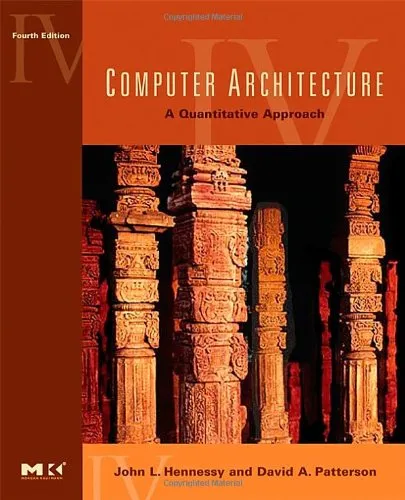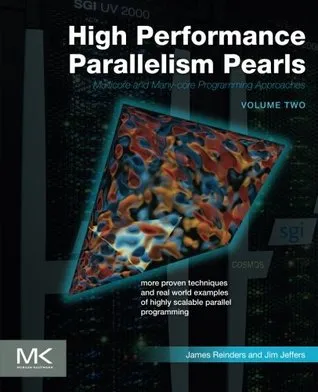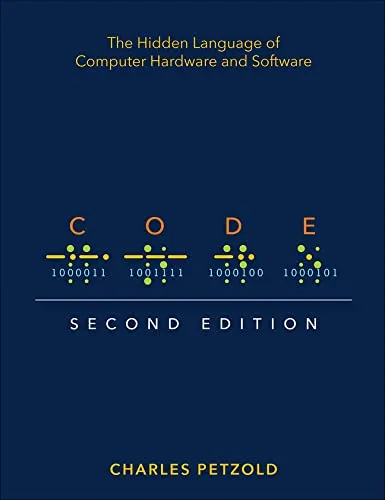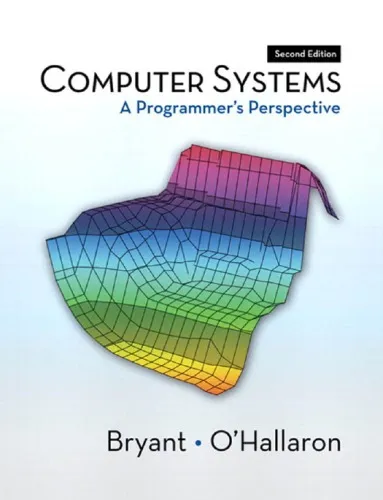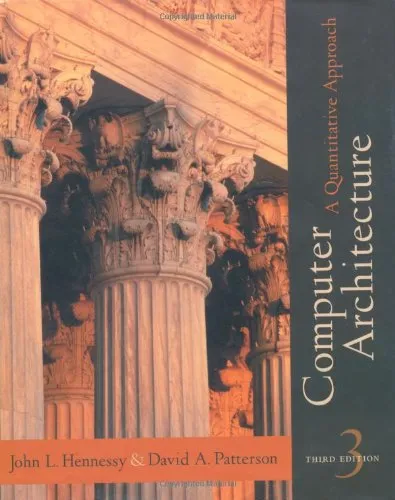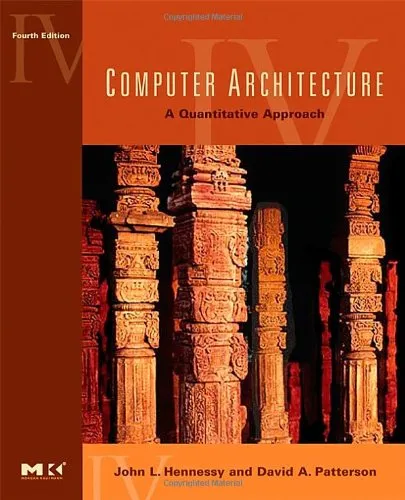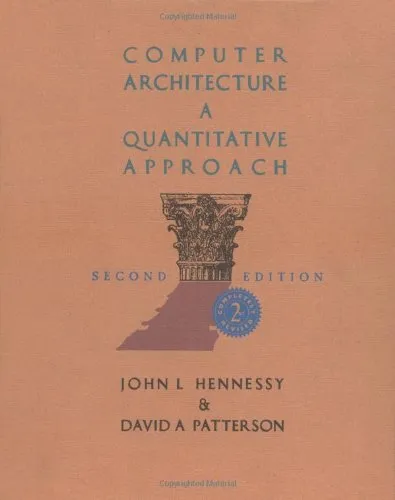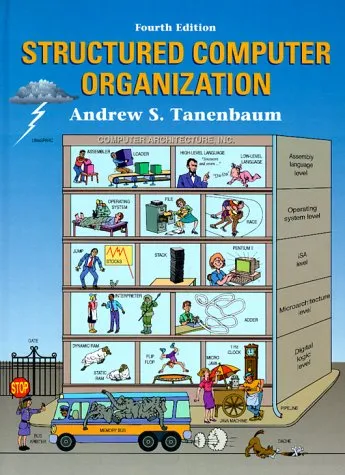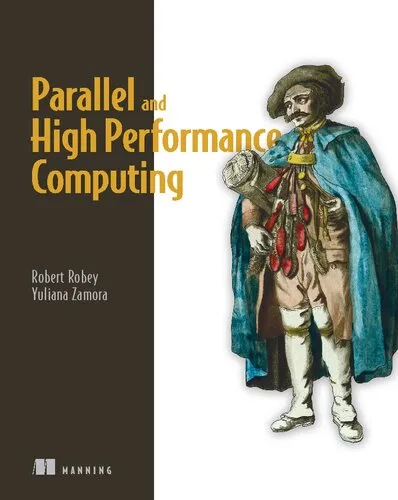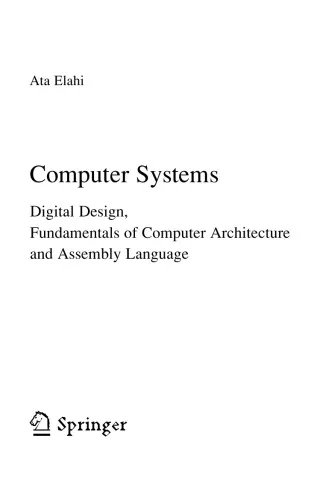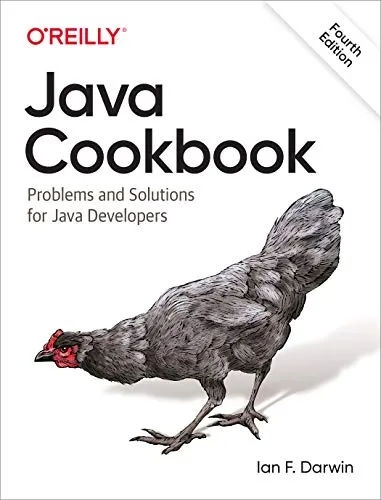Computer Architecture: A Quantitative Approach, 4th Edition, 2006
4.6
Reviews from our users

You Can Ask your questions from this book's AI after Login
Each download or ask from book AI costs 2 points. To earn more free points, please visit the Points Guide Page and complete some valuable actions.Related Refrences:
Introduction
The fourth edition of "Computer Architecture: A Quantitative Approach" by John L. Hennessy and David A. Patterson is a comprehensive guide that delves into the intricacies of computer architecture with unparalleled precision. This book is revered among scholars and practitioners for its empirical analysis and systematic approach, as it continues to explore the critical areas of computer architecture with an emphasis on microarchitecture, memory systems, and parallelism.
Detailed Summary of the Book
This edition introduces additional instructional material designed to ensure comprehension of complex concepts, including the evolution of processors and their design principles. The book is organized around themes such as design performance, cost tradeoffs, and benchmarks, and it thoroughly covers key aspects like pipelining, instruction-level parallelism, and multicore processors.
One of the central highlights is the examination of processor performance architecture, which underscores the relationship between performance measures and the architecture choices that produce them. The inclusion of real-world examples, such as case studies on Intel and AMD processors, brings context to the theory, offering readers an invaluable perspective on practical implementation. Furthermore, this edition updates the dialogue on technological trends, particularly those influencing the energy and efficiency of data centers.
Key Takeaways
- The importance of precise performance measurement and benchmark analysis in architecture design.
- Understanding the balance of energy efficiency against computing power and throughput.
- Insights into microarchitecture designs that support increased parallel execution of tasks.
- The role of memory hierarchies in overall system performance.
- Exploration of modern multiprocessor architectures and their impact on software development paradigms.
Famous Quotes from the Book
"Complexity is the enemy of reliability."
"Benchmarks can help inform choices, but they cannot make decisions."
"The best way to predict the future of computer architecture is to invent it."
Why This Book Matters
The book is profoundly significant in the field of computer science and engineering, serving both academic scholars and industry practitioners. It is widely acclaimed for its methodological approach and ability to elucidate the multifaceted nature of computer architecture, which is crucial for developing efficient and powerful computing systems. As computing technology continues to advance, the insights provided by this book remain ever relevant, guiding readers through the foundational tenets and future frontiers of computer architecture.
Furthermore, the fourth edition places a strong emphasis on the concepts of quantitative analysis, providing readers with the tools needed to evaluate and compare different architectures critically. Its focus on real-world case studies also helps bridge the gap between theory and practice, making it an indispensable resource for anyone looking to understand the complexities of modern computing systems.
Free Direct Download
You Can Download this book after Login
Accessing books through legal platforms and public libraries not only supports the rights of authors and publishers but also contributes to the sustainability of reading culture. Before downloading, please take a moment to consider these options.
Find this book on other platforms:
WorldCat helps you find books in libraries worldwide.
See ratings, reviews, and discussions on Goodreads.
Find and buy rare or used books on AbeBooks.
1336
بازدید4.6
امتیاز0
نظر98%
رضایتReviews:
4.6
Based on 0 users review
Questions & Answers
Ask questions about this book or help others by answering
No questions yet. Be the first to ask!
